Customers weigh generic products offered by different brands according to the associations and traits they come along with. The competition in the market is intense and brand positioning is what gives a boost to the demand for the products offered by the brand, even if the offering isn’t much different from the competition.
Brand positioning usually forms the backbone of the brand strategy of any company. Till the time a positioning strategy resonates with the needs and wants of the target market, a brand can thrive. However, a wrong positioning strategy can even make a good product fail.
What Is Brand Positioning?
Brand positioning is the unique space a brand occupies in the brains of the customers.
It makes customers view a specific brand in a unique way by associating emotions, traits, feelings, and sentiments with it. These associations make it stand out from the competition.
Positioning is usually the reason why customers buy a specific brand whose product doesn’t necessarily differ from the competitors.
Brand positioning is an act of designing the company’s offering and image to occupy a distinct place in the mind of the target market. – Philip Kotler
Positioning creates a bond between the customer and the business. It’s that friend of the customer who’ll always stay in their subconscious mind and will make them recall about the company whenever they hear about the any of its product or a particular feature which makes it stand out.
Characteristics Of A Good Brand Positioning Strategy
Relevant
The positioning strategy you decide should be relevant according to the customer. If he finds the positioning irrelevant while making the purchase decision, you’re at loss.
Clear
Your message should be clear and easy to communicate. E.g. Rich taste and aroma you won’t forget for a coffee product gives out a clear image and can position your coffee brand differently from competitors.
Unique
A strong brand positioning means you have a unique, credible, and sustainable position in the customers’ mind. It should be unique or it’s of no use.
Desirable
The unique feature should be desirable and should be able to become a factor which the customer evaluate before buying a product.
Deliverable
The promise should have the ability to be delivered. False promises lead to negative brand equity.
Points of difference
The customer should be able to tell the difference between your and your competitor’s brand.
Recognizable Feature
The unique feature should be recognizable by the customer. This includes keeping your positioning simple, and in a language which is understood by the customer.
Validated by the Customer
Your positioning strategy isn’t successful until the time it is validated by the customer. He is the one to decide whether you stand out or not. Hence, try to be in his shoes while deciding your strategy.
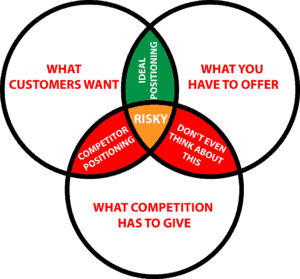
Types of Positioning
A positioning strategy depends on many factors which include current market conditions, your product, USP of your product, competitors, their products and the USPs of their products. Marketers plan of how they want their product to be seen by the customers in future also plays a vital role in deciding which type of positioning strategy to choose.
While there are numerous position strategies in marketing to choose from. The task for the marketers is to complement their promise to the product features they have to offer.
Value-Based Positioning
Value-based brand positioning strategy positions the brand based on the value the customers get on buying or consuming the brand’s offerings.
In simple terms, this type of brand positioning is chosen to position the brand based on its value proposition.
This value often relates to the customer-centric tangible benefits like getting the work done, making things easier, etc.
A perfect example of a company using the value-based positioning is DuckDuckGo – the search engine which doesn’t your data, unlike Google.
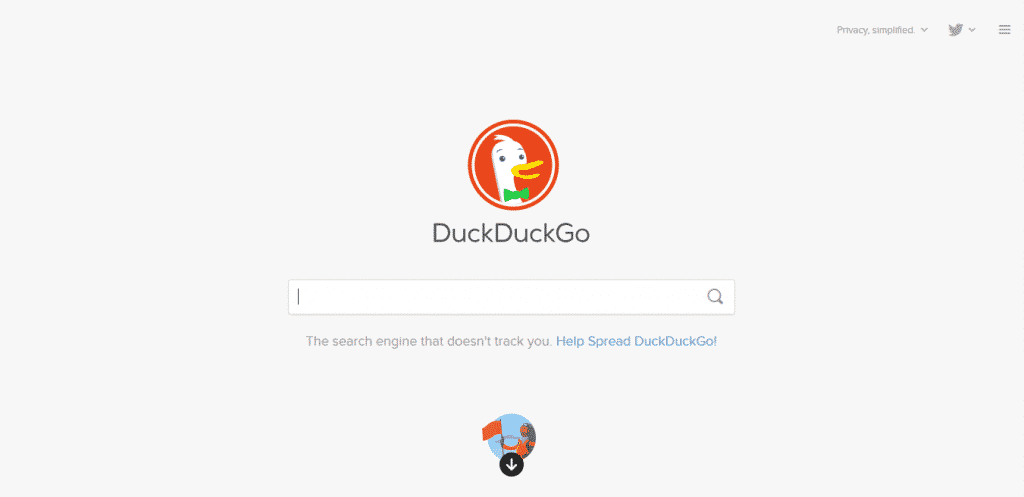
Features-Based Positioning
When the competition is huge and the products are similar, companies usually position their products by focusing more on product-specific features like price, quality, or other micro features depending on the product sold. This type of positioning strategy is also called USP-focused positioning and is often seen in the mobile industry.
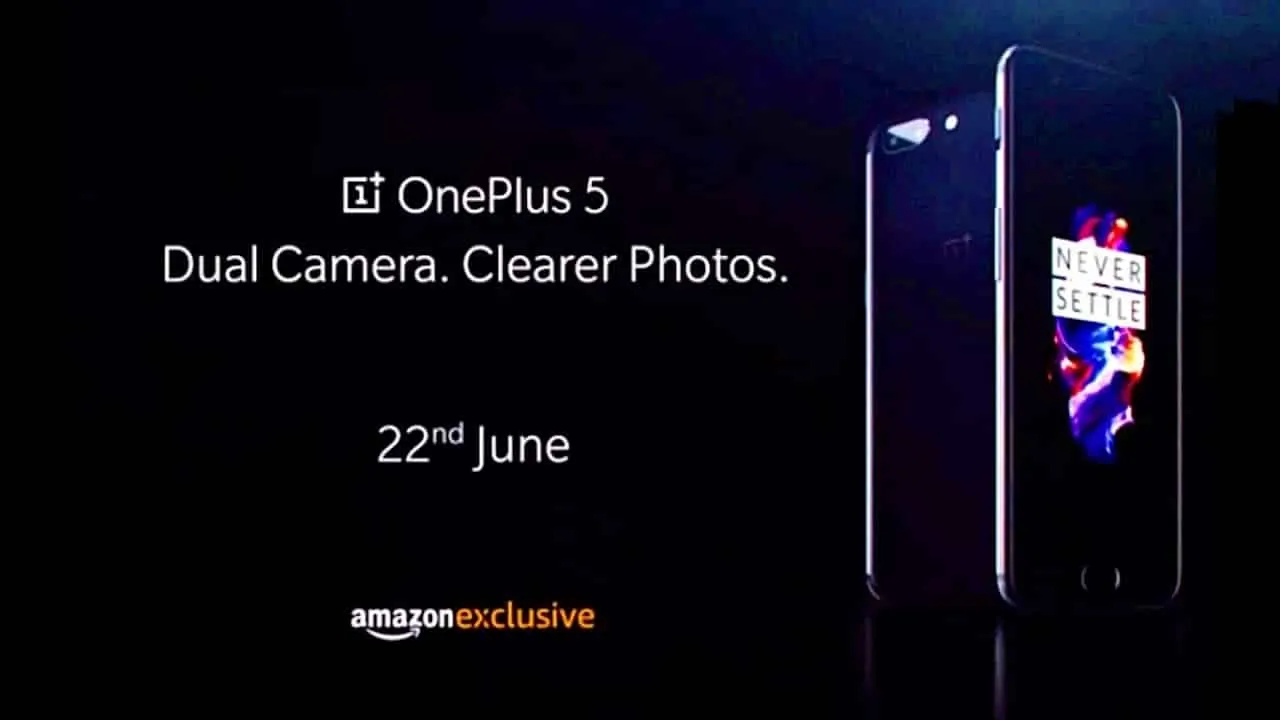
Problem And Solution Based Positioning
Most of the brands focus on positioning their products as a one-stop solution for a specific problem. They pinpoint the pain areas and the challenges the consumers face in their communication and other marketing strategies and mend it into promoting their product.
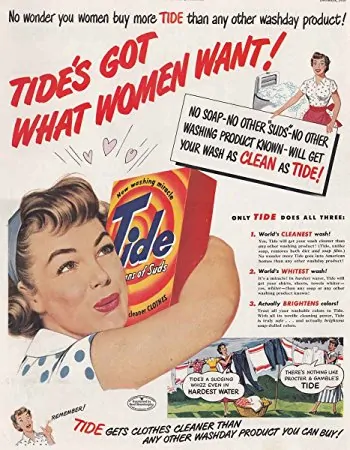
Lifestyle Positioning
By positioning itself as a lifestyle brand, a brand tries to sell an image and identity rather than the product. The main focus is to associate the brand with a lifestyle and focus is more on the aspirational value than the product value. Cigarette, Alcohol, and Tabacco companies are often seen to use lifestyle positioning while marketing their products.

Parent Brand Driven Positioning
This positioning strategy aims at establishing a brand promise and a reputation of the parent brand. All the products and sub-brands under the parent brand seem to comply with the established promise.

Experience-Based Positioning
Experience-based positioning refers to positioning the offering based on the experience the customer gets while buying or consuming it.
The main focus is on to developing a unique experience for the customer which differentiates the offering from the competition.
Restaurants, hotels, and other service-based operators use this type of brand positioning strategy.
How To Create A Strong Brand Positioning Strategy?
Before you decide your brand positioning, ask yourself these three questions.
- What does my customer want?
- Can I promise him to deliver it better and/or differently than my competitors?
- Why will they buy my promise?
What Does My Customer Want?
Not everyone in the market is your customer. You need to divide the market into ‘my customer’ and ‘not my customer’. This way, it’ll be easier for you to know what exactly is your customers’ wants are.
The division should be followed by you trying to be in your customers’ shoes. A good businessman speaks in the voice of the consumer.
Your research should not be based on secondary data. You should go out and look for what the customer actually wants, make the product fit those wants, and they’ll buy it.
Be Better And/Or Different
If it’s not just you who is in the market, you’ve got to find a way to deliver your promise better and/or differently than your competitors. Make a brand which has a recall, which comes to the customer’s minds when they hear about the particular product category or the feature you’re offering. Every time I hear about girls being attracted by a deodorant, I get an image of Axe deodorants in my mind.
Give Them A Reason To Buy Your Promise
Your promise should be one of the factors they consider while buying the product. Use this trick
- Decide your product
- List its various characteristics
- Do research, and
- Divide the characteristics into essential and add-ons.
- Select only those categories, be it essential or add-ons, which customers consider while making a purchase. (E.g. aesthetics, fragrance, taste, shape, cost, etc.)
- Find out what among these categories can you provide better than the competitors.
- Whatever you decide, don’t lose your focus from the essential characteristics. (E.g. Taste will always be most important characteristic which a customer consider while buying a food product)
- Provide your unique feature along with the essential characteristics.
Examples of Brand Positioning
Here are some of the examples of renowned brand positioning strategies
Tesla
Tesla is a luxury brand which is known for innovation. The company offers it products at a premium pricing but has a very high demand because of its value-based experience strategy.
Tesla’s cars are unique and different from any other car on the road. These cars are electric, eco-friendly, and technologically advanced which makes them valuable to the customers.
Nike
Nike promotes a athletic lifestyle for everyone irrespective of their body type. The company promotes this positioning strategy through a 360 degree marketing and branding strategy and by offering athletic attire that enhances performance.
Disneyland
Disneyland boasts itself as ‘The Happiest Place On Earth’. The amusement park has positioned itself as an experience of a lifetime which isn’t provided by anyone else in the world.
Go On, Tell Us What You Think!
Did we miss something? Come on! Tell us what you think of this article on brand positioning in the comment section.
A startup consultant, digital marketer, traveller, and philomath. Aashish has worked with over 20 startups and successfully helped them ideate, raise money, and succeed. When not working, he can be found hiking, camping, and stargazing.

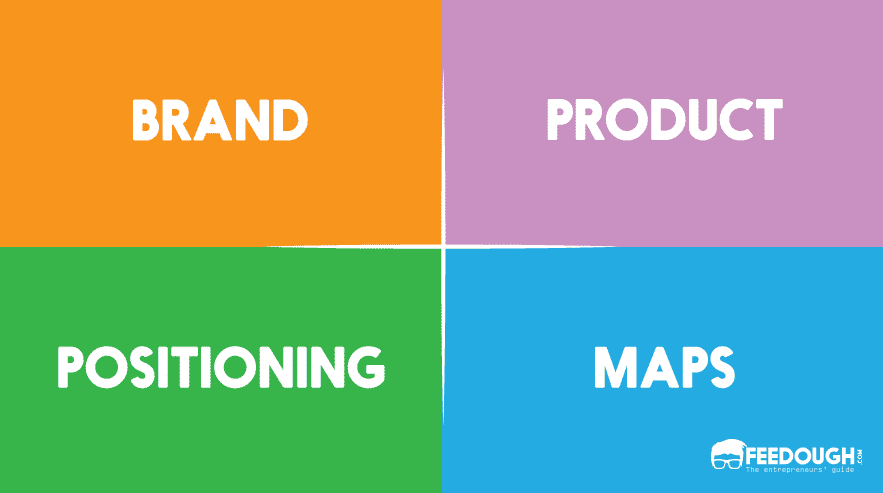



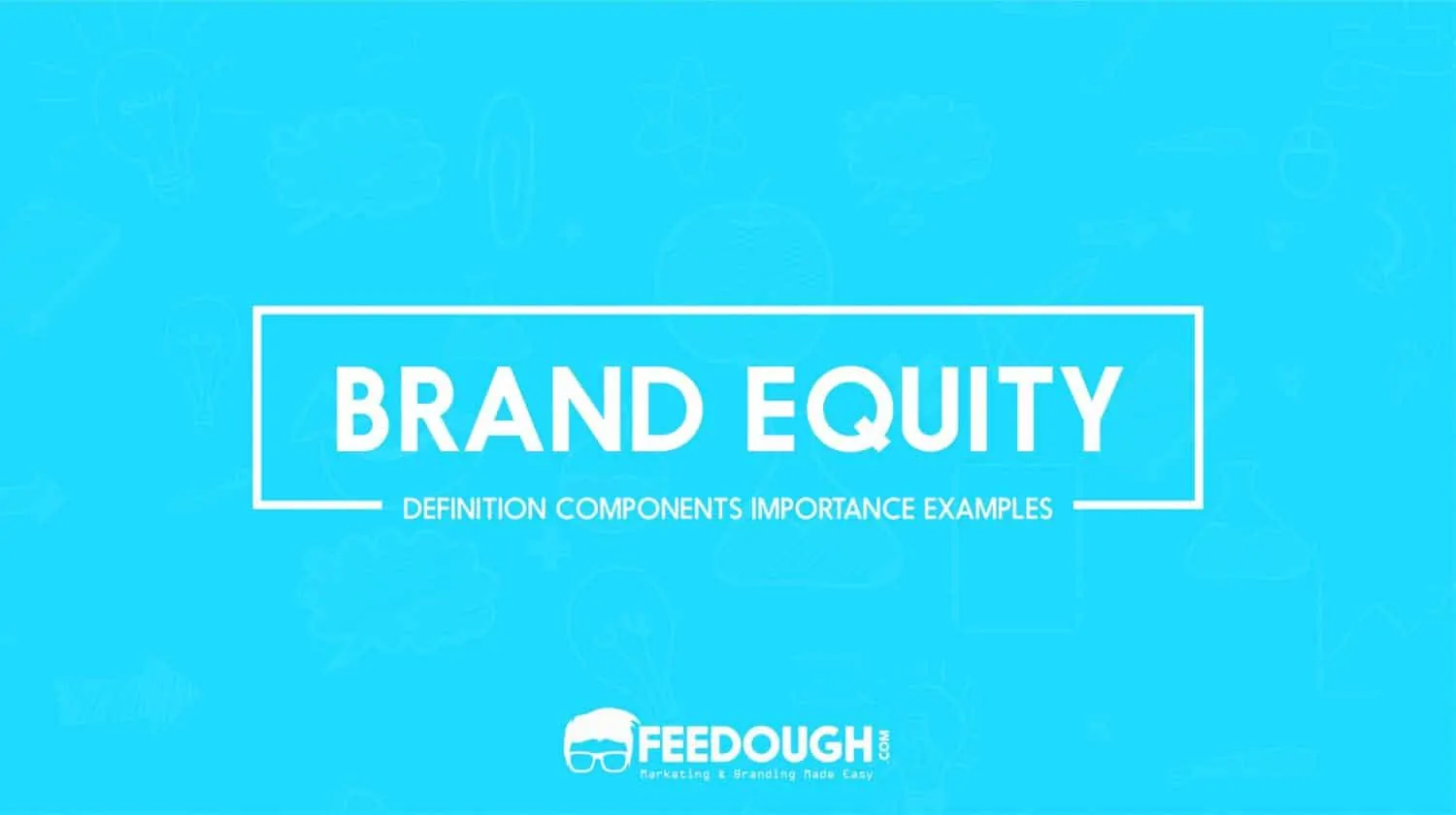


![What Is Brand Strategy & How To Develop One? [Ultimate Guide] BRAND STRATEGY](https://www.feedough.com/wp-content/uploads/2019/11/BRAND-STRATEGY.webp)